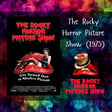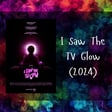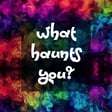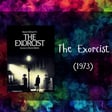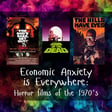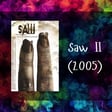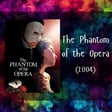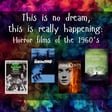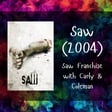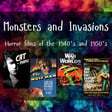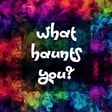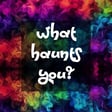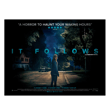
Horror and the Hays Code (Horror Through The Decades, 1920's-1930's)
In this episode, Carly will be taking you back to some of the earliest days of cinema—the 1920’s silent films and the talkies of the 1930’s. The roots of horror go back to these early films, and this episode will uncover some of the oldest roots of horror cinema. You’ll also get to learn more about the motion picture production code, sometimes known as the Hays Code, and how that affected the horror movies being made in Hollywood.
Here is the link to the video podcast covering the Mad Scientist trope over time that I referenced in the episode:
https://www.youtube.com/watch?v=o4yEj6knGb0
And in other news, What Haunts You? can now be found on Youtube! Subscribe to the podcast there as well:
https://www.youtube.com/channel/UC9RM3LDfzoYRwPBKGHa5PUQ
**CORRECTION: During recording I mixed up my movies and said that Nosferatu was released in Germany in 1920, but it was actually released in 1922.
Intro Music: Body in the trunk by Victor_Natas -- https://freesound.org/s/717975/ -- License: Attribution 4.0
Outro Music: drum loop x5 by theoctopus559 -- https://freesound.org/s/622897/ -- License: Attribution 4.0
